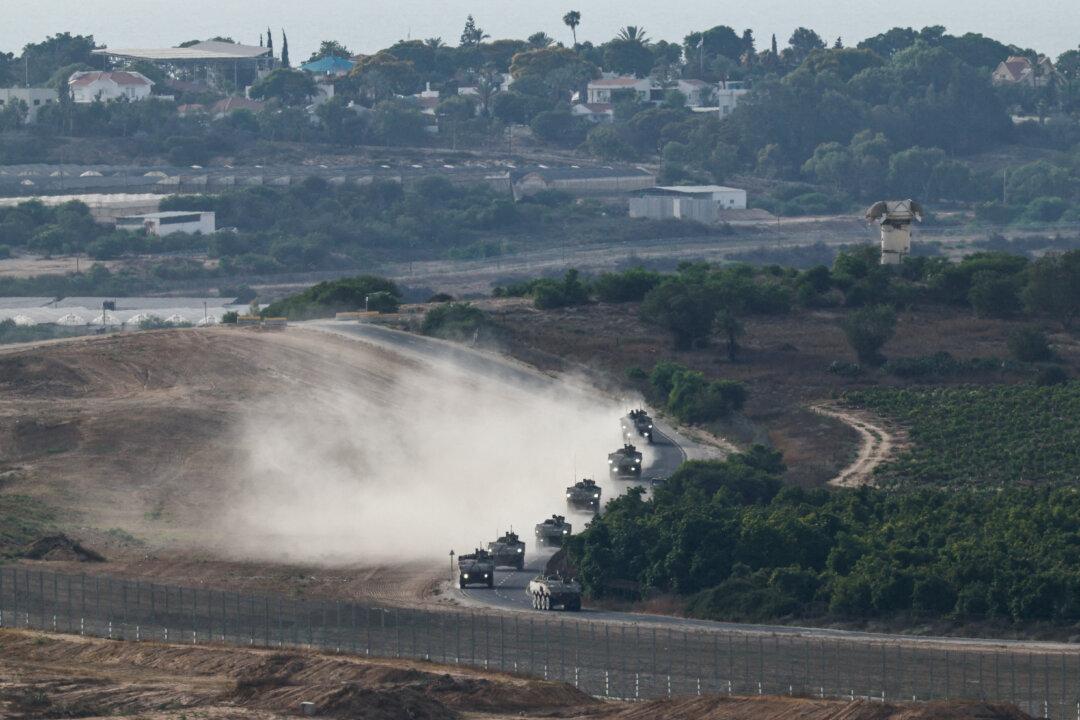Federal prosecutors have filed charges against 13 people in Appalachia, alleging mass-scale overprescription of controlled substances, including opioids.
Department of Justice officials said that, of the individuals facing criminal charges, 12 of them have been charged for their role in illegally distributing opioids and other substances, while 11 of the suspects are doctors “whose alleged prescribing behaviors have contributed to the opioid epidemic.”





